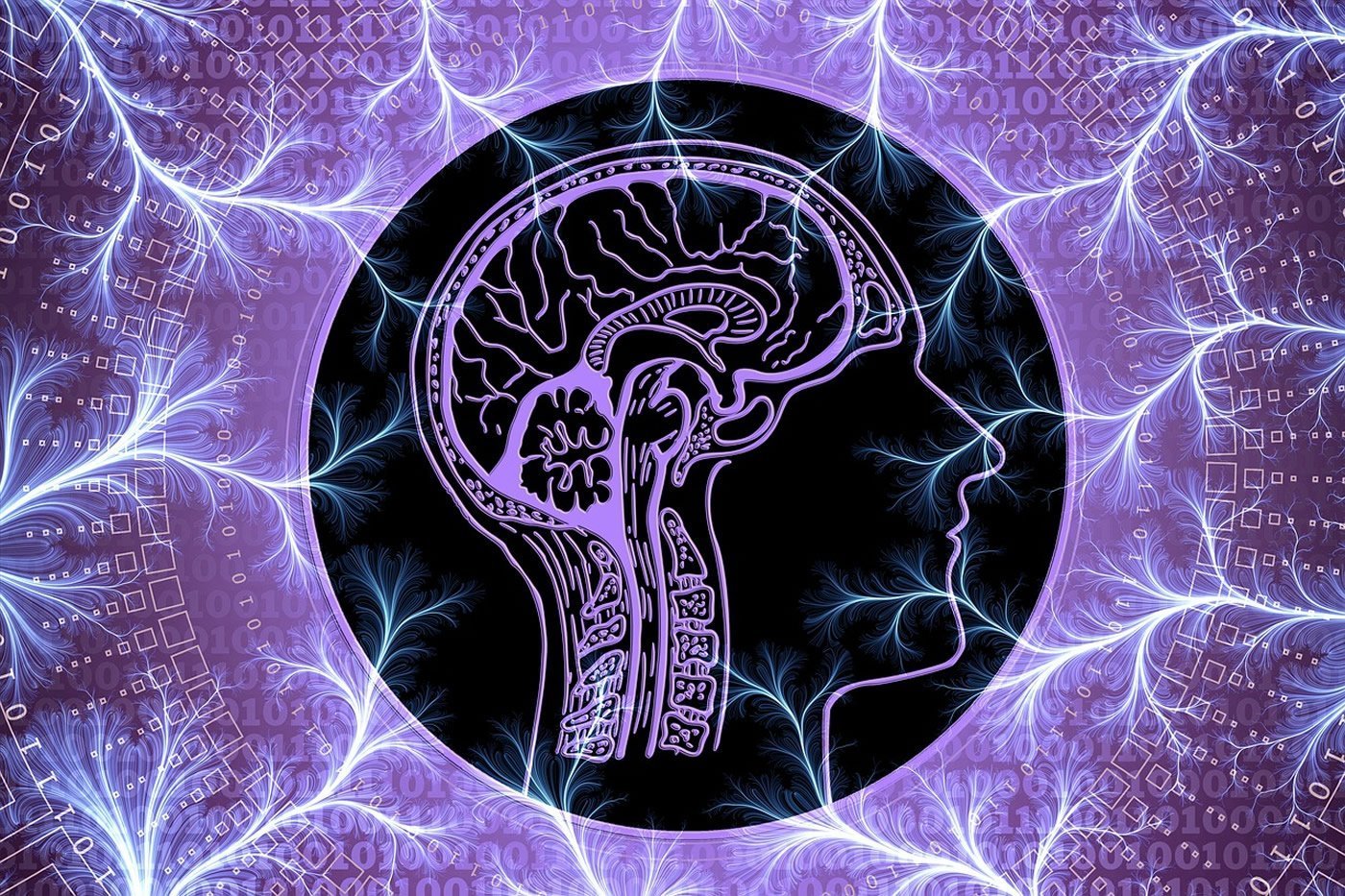Summary: In late-stage multiple sclerosis, inflammatory cells no longer enter the brain via the bloodstream, but instead the cells arise in memory from local memory cells inside the brain. The findings suggest during the late phases of multiple sclerosis, the disease is occurring entirely inside the brain.
Source: KNAW
In the brains of people that suffer from long-term multiple sclerosis (MS), inflammatory cells are not entering the brain via the bloodstream anymore. Instead, the cells arise from local memory cells in the brain. Nina Fransen and her colleagues of the Netherlands Institute for Neuroscience show this in a recently published article in the scientific journal Brain.
At its onset, MS is characterized by a relatively high frequency of attacks of neurological symptoms that recover relatively well. During attacks early in the disease, white blood cells migrate from the bloodstream into the brain, where they contribute to the inflammation. In patients with advanced MS, the number of attacks with neurological symptoms is reduced, but disability does progress. “Our previous studies indicated that there is still a significant amount of inflammatory activity in the brain also at later stages of MS, which is remarkable”, says Nina Fransen. The researchers therefore wondered whether white blood cells still play a role in the inflammation during advanced MS.
White blood cells
In this study, the research group of professor Inge Huitinga focussed mainly on one specific type of white blood cell, the T cell. Brain tissue that was donated by MS patients that are passed away, was examined at the Netherlands Brain Bank. In this tissue, the researchers found activated T cells inside of the inflammatory lesion centers. These cells had characteristics of tissue-resident memory T cells. This kind of T cell remains in tissues after viral infections and offers long-term local protection to new infections. In the brain, these cells have only recently been discovered by the same research group.

These new findings support the idea that during the late phase of MS, the disease is happening entirely inside the brain. In this case, white blood cells on the outside of the brain do not influence the disease any more. “These data give us insight into the disappointing effects of current treatments during later stages of MS. By mapping the behavior of the T cells, we can start thinking of ways to slow down the disease process in patients with advanced MS”, explains Joost Smolders, member of the research group and neurologist at Erasmus MC in Rotterdam.
Multiple sclerosis
In people with MS, inflammation in the brain is responsible for the breakdown of myelin, the insulating layer that forms around nerves. Without this insulation, it would not be possible for nerve cells to communicate properly with each other. As a consequence, important functions like walking, feeling, talking and thinking are being affected. Each person with the condition is affected differently and the course of the disease is hard to predict. Unfortunately, there is no cure for MS yet.
Funding: This study was sponsored by the Dutch MS Research Foundation and the participants of the VriendenLoterij.
About this neuroscience research article
Source:
KNAW
Media Contacts:
Inge Huitinga – KNAW
Image Source:
The image is in the public domain.
Original Research: Closed access
“Tissue-resident memory T cells invade the brain parenchyma in multiple sclerosis white matter lesions”. by Nina Fransen et al.
Brain doi:10.1093/brain/awaa117
Abstract
Tissue-resident memory T cells invade the brain parenchyma in multiple sclerosis white matter lesions
Multiple sclerosis is a chronic inflammatory, demyelinating disease, although it has been suggested that in the progressive late phase, inflammatory lesion activity declines. We recently showed in the Netherlands Brain Bank multiple sclerosis-autopsy cohort considerable ongoing inflammatory lesion activity also at the end stage of the disease, based on microglia/macrophage activity. We have now studied the role of T cells in this ongoing inflammatory lesion activity in chronic multiple sclerosis autopsy cases. We quantified T cells and perivascular T-cell cuffing at a standardized location in the medulla oblongata in 146 multiple sclerosis, 20 neurodegenerative control and 20 non-neurological control brain donors. In addition, we quantified CD3+, CD4+, and CD8+ T cells in 140 subcortical white matter lesions. The location of CD8+ T cells in either the perivascular space or the brain parenchyma was determined using CD8/laminin staining and confocal imaging. Finally, we analysed CD8+ T cells, isolated from fresh autopsy tissues from subcortical multiple sclerosis white matter lesions (n = 8), multiple sclerosis normal-appearing white matter (n = 7), and control white matter (n = 10), by flow cytometry. In normal-appearing white matter, the number of T cells was increased compared to control white matter. In active and mixed active/inactive lesions, the number of T cells was further augmented compared to normal-appearing white matter. Active and mixed active/inactive lesions were enriched for both CD4+ and CD8+ T cells, the latter being more abundant in all lesion types. Perivascular clustering of T cells in the medulla oblongata was only found in cases with a progressive disease course and correlated with a higher percentage of mixed active/inactive lesions and a higher lesion load compared to cases without perivascular clusters in the medulla oblongata. In all white matter samples, CD8+ T cells were located mostly in the perivascular space, whereas in mixed active/inactive lesions, 16.3% of the CD8+ T cells were encountered in the brain parenchyma. CD8+ T cells from mixed active/inactive lesions showed a tissue-resident memory phenotype with expression of CD69, CD103, CD44, CD49a, and PD-1 and absence of S1P1. They upregulated markers for homing (CXCR6), reactivation (Ki-67), and cytotoxicity (GPR56), yet lacked the cytolytic enzyme granzyme B. These data show that in chronic progressive multiple sclerosis cases, inflammatory lesion activity and demyelinated lesion load is associated with an increased number of T cells clustering in the perivascular space. Inflammatory active multiple sclerosis lesions are populated by CD8+ tissue-resident memory T cells, which show signs of reactivation and infiltration of the brain parenchyma.
Feel Free To Share This Multiple Sclerosis News.






